Bhote Khosi River Valley, Nepal
Nepal has long been known as the rooftop of the world, home to 8 of the 14 largest mountains on the planet, and annually hosting thousands of accomplished and aspiring mountaineers trying to ascend to the greatest peaks on earth, not to mention the tens of thousands of trekkers content just to get a glimpse of the giants.
But while Nepal is most famous for its heights, it is what is being revealed from inside its depths that is bringing a new type of adventurer to the mountains. For two months I have been trekking in Nepal, and I was often humbled and inspired by the amazing mountain views soaring above me. Yet it was the canyons plummeting below me that most often sparked my interest.
Countless cascades pour off the huge Himalayan peaks, some forming thundering waterfalls 130 meters high or even higher, while others form more aesthetic, intimate gorges. I constantly wondered if anyone knew what secrets these canyons held. Certainly someone has had to have descended at least a few of these.
Naturally, I sent off a few emails to my canyoneering friends back in the states. Who should I talk to about canyoning in Nepal? Within a day I had a half dozen responses, all saying the same thing. Talk to Rajendra Lama!
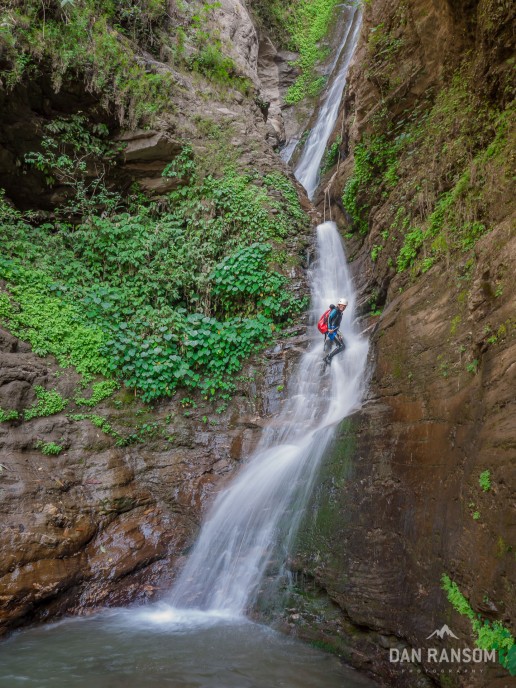
As it happens, it seems Rajendra and his guides are pretty popular fellows, especially during the peak adventure season in Nepal. And with good reason. Rajendra oversees the Friends Adventure Team, a company that specializes in trekking, mountaineering, and canyoning in Nepal. They also happen to employ the only guides in Nepal that are trained to international canyoning standards, and their team is responsible for establishing many of the canyon routes. After about 6 weeks of bouncing emails back and forth trying to mesh our schedules together, we were finally able to connect on a date where his guides were available, and plans were made for 3 days of canyons in the Bhote Khosi valley.
Our crew ran the whole gamut from Ornella, a French doctoral student experienced in class C canyons, to Brandon and I, who have many canyons under our belt, but little experience in big water. And Caspar, who would be enjoying the first canyon of his life. Rajendra decided he’d get away from the office and join the guides for a few days of fun as well. So with the crew all sorted out, we somehow managed to find our way to the local bus park, and by 8 AM, we were off.
When it comes to the ‘highways’ in Nepal, you kind of just get used to the way things work. That is, they usually do work, but never as expected. And only with some sort of honking, wreckless abandon at the steering wheel, and the inevitable traffic jams. And maybe even a mechanical problem thrown in for good measure.
Fortunately, Rajendra not only plans his trips well, he is the master of improvisation when things go south. About an hour into our bus ride, just outside the city of Bhaktapur, our bus broke down, and we found ourselves lounging around a farmers field, glancing down at our watches, wondering what in the world to do next. In a flash, Rajendra was gone, and somehow in 20 minutes, we had an entirely new bus, pulled up along the broken one, and his team immediately jumped on the roofs of the two beasts, and went to work tossing everything from one bus to the next. I thought for sure we wouldn’t do a canyon the first day after this setback. A few tarps and ropes and lashings to the roof, and 45 minutes later, we were back on the road.
“No Problem!!!”
It’s a phrase you learn quickly in Nepal. And it’s always followed by a big grin and a huge smile. And so it was, no problem. Back on track, we stopped for a quick lunch of dahl bat (Nepali fast food!) and by early afternoon we were at our base camp, nestled in between a small village near the Tibetan border, and the Bhote Khosi river.
Khabre Canyon
The guides quickly rallied up the crew and we set off for the first canyon, Kabre. A short 30 minute walk and we were at the first drop, where a thundering cascade awaited us. I silently told myself, “Wow, this looks like a lot of water!” But, I kept it to myself.
The guides worked the ropes, brought us down to the midwall station, and then set us down into what must have been a 50 lps torrent. Ornella and Brandon go first, and I can’t see them until they’ve swam across the pool at the bottom. They are laughing and having a good time. Looks fun! I set my descender, unclip the safety line, and begin my descent into madness. The pounding falls, the noise and power of the water surprise me. I remind myself to take it nice and slow, and make a quick glance to see how far it is to the pool at the bottom. Maybe 5 more meters. No Problem!
A meter or so later, I feel the end of the rope slip through my hands. My surprise instantly turns to panic, as I go into a freefall and awkwardly flop into the pool 2 or 3 meters below. The hydraulic pulls me under for a few seconds, only for me to resurface, gasping for air.
“What the hell was that!” I scream out to the far side of the pool. Ornella, Brandon, and Janak (our guide) are laughing hysterically, watching the show unfold.
And then it all comes together. I’d been had. We aren’t in Utah anymore. Welcome to Nepal, son, you just got short–roped. No more of these sand traps, natural anchors, and sketchy downclimbs. Here, we rappel in a blur, we jump anything deep enough to swim, and we slide everything else. The guides thought the prank was hilarious. All I could do is shake my head and laugh.
Continuing on, Khabre is one cascade after another, nice 20 meter rappels, a couple small slides, and one tricky guided–rappel from a precarious perch. It all finishes up with a beautiful two stage rappel down a fluted tube that requires one to exit the watercourse mid wall, because the speed and power of the water can quickly overpower the unsuspecting. One more quick rappel and our first day had wrapped up.
Hot damn! That was definitely more excitement than I bargained for. Maybe this Nepal canyon stuff really is the business.
Back at camp, hot tea and biscuits awaited our return, an appetizer for the dinner that would come about an hour later, prepared by the cook staff. The discussion quickly turned to the next day’s canyon. The agenda originally called for a descent of the area’s premier canyon, Fanfung. However, the huge water levels we saw in Kabre quickly dampened the guides hopes of doing Fanfung. If Kabre had 50 or 60 lps of flow, Fanfung would have 150 or more. Way too much water for a safe descent.
Too much water? No Problem! We decided on Jambo canyon for day two
Jambo Canyon
By day two, I was quickly realizing that most everything about canyoneering I am used to on the plateau simply doesn’t apply here. For one, we had an amazing base camp, with a staff who would wake us up with hot tea in our tents, prepare huge meals of banana pancakes, porridge, fresh fruit, coffee, and toast. Then we’d hang around in the sun for an hour or so relaxing, and by 9:30 or 10, we’d roll out as the guides yelled out, “OK, let’s go!”
The approach goes right through a small village, where I wondered what all the locals must think as they greeted us with “Namaste!” and ear–to–ear grins. Funny westerners, all dressed up in neoprene suits and helmets and harnesses … I also wonder what passed through the minds of the four ladies who sat atop the first waterfall, methodically washing their laundry in the stream. I half expected them too look up and give us a quizzical look, wondering what WE were doing there. They graciously nodded in our direction, reminding me that we are just visitors to this beautiful valley they call home, and we certainly aren’t the first.
Another 30 minute approach, and it was time to play again. This is really something I can learn to enjoy. 30 minute approaches, 4 hours in the canyons. Tough to beat that kind of pay–to–play ratio.
Jambo had a much different character than Khabre, despite the fact they are only minutes apart from each other. The water levels today would be much more manageable, and almost all of the rappels straight forward and relatively simple.
The scenery, however, was just as striking. Long, beautiful cascades followed the curves of the sheer rock walls, bending gracefully around corners full of vibrant green vegetation. Where yesterday was a canyon of power, turbulence and noise, today was a more of a gentle beauty. The canyon is highlighted by three spectacular waterfalls, that each end in grottos with hanging gardens.
After cleaning the ropes, it was another 4 minutes back to the village, literally through the alleys of some of the local homes, and back into our camp. Another round of hot tea and lunch awaited us, and then Kabindra recruited some folks to go scout the bottom of Fanfung, to confirm if the water levels really were too dangerous. The scout group returned, and indeed, Fanfung would have to wait for another time. At least 150 lps was the word.
We spent another casual evening around camp, laughing at the local children practicing their martial arts on each other, jugging up trees and playing with jumars, eating yet another wonderful meal, and enjoying some of the ‘local coke’ (rakshi).
Haadi Canyon
Our final canyon of the trip was Haadi. It was definitely one of the smallest canyons around, but it was also where the trip’s biggest rappel was, around 40 meters, and the most worthy substitute for Fanfung. We were somewhat surprised to see the water levels so low after the last couple days. It looked like we’d only have maybe 1 or 2 liters per second. Enough to keep things pretty, but not the wild ride of the previous canyons.
The water levels did not take away from the ambiance, however. Rappelling into the canyon felt like dropping straight into a jungle. Because there is less water, the watercourse seemed much more alive, with ferns, mosses and green grasses clinging to the walls everywhere.
A few rappels later and we were at the big boy, a 40–meter drop into another lovely alcove, after which we had a short walk back to base camp, made quick work of packing everything up, and loaded the bus again for the return to Kathmandu.
Even the ride back, despite the inevitable Nepali traffic jam, was something to remember. The party bus was a celebration on wheels, with local music blaring, Ornella and Rajendra dancing and singing, and Tuborgs and Coke being passed around freely. As we made the final climb into the valley, we gained a ridge near Dhulikel where the blank cloudless skies were interrupted only by the immense snowcapped peaks of the Himalaya lining the horizon. A beautiful ending to a beautiful trip.
Special thanks to our guides, Kabindra, Rajesh, and Janak for their impressive rope skills, their nonstop laughing, the occasional prank, and their amazing ability to never stop having fun. Big thanks as well to the kitchen staff, led by Deepak, and all of his crew who seemed to never stop feeding us (or the local children as well…) And of course, Rajendra and Friends Adventure Team for putting the whole experience together. Great times!
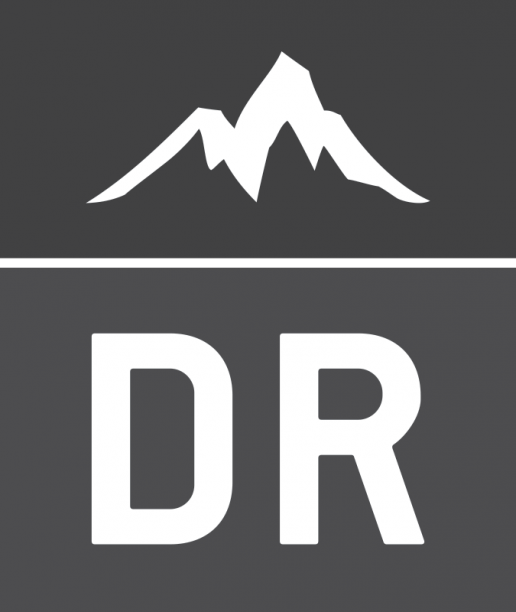
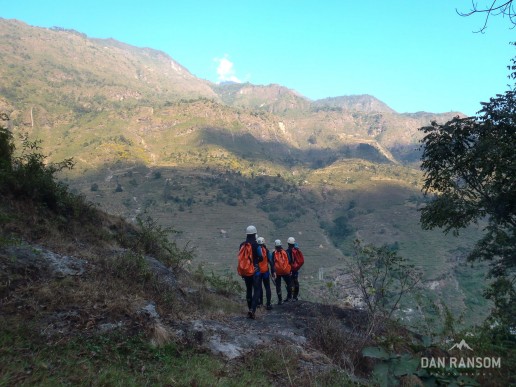
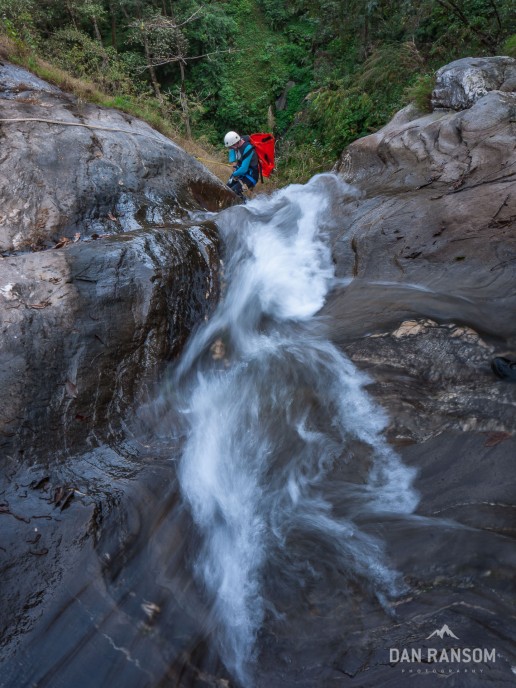


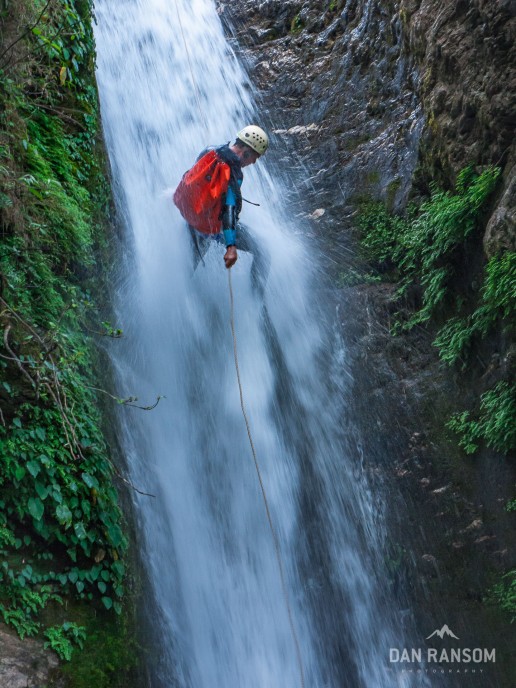
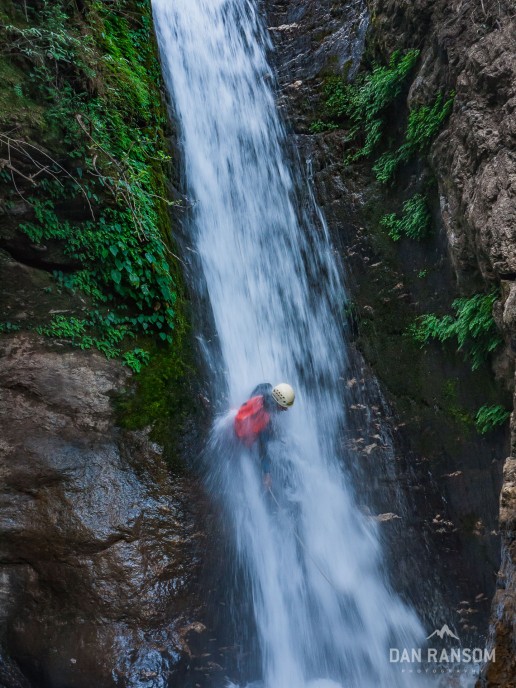
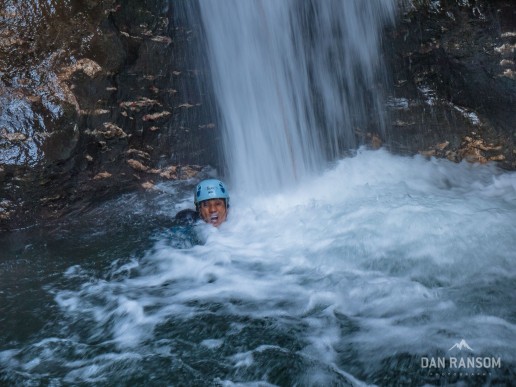
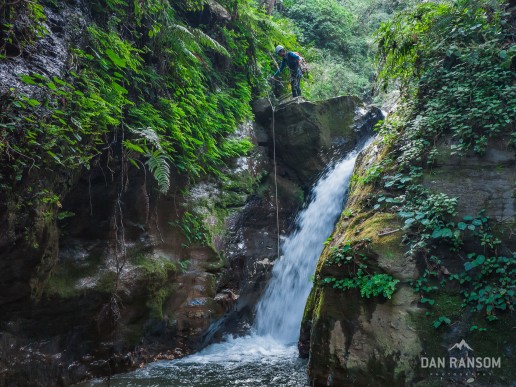
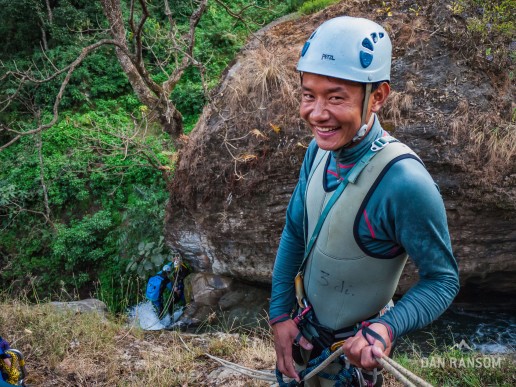

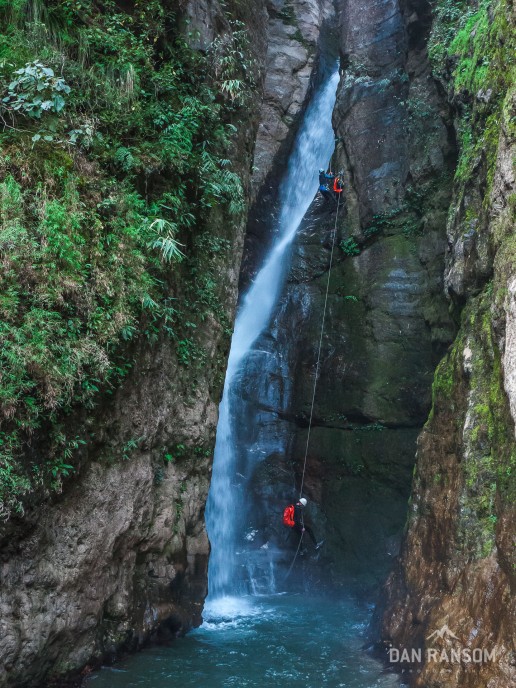
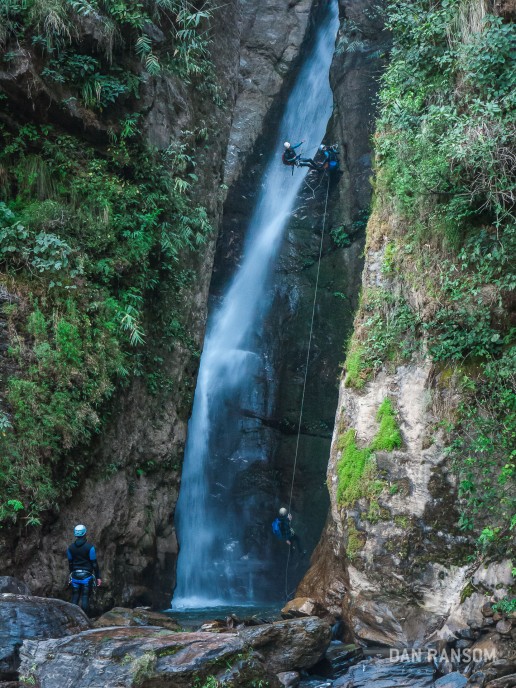

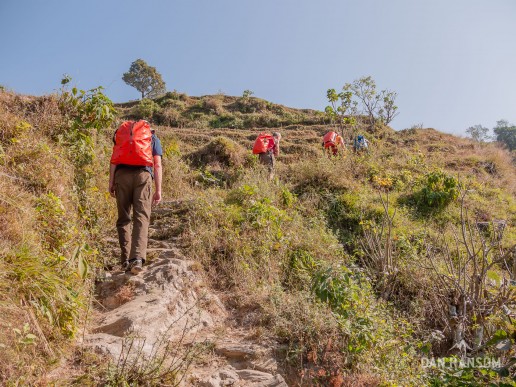

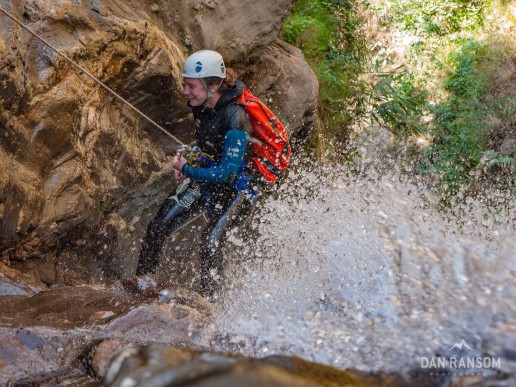
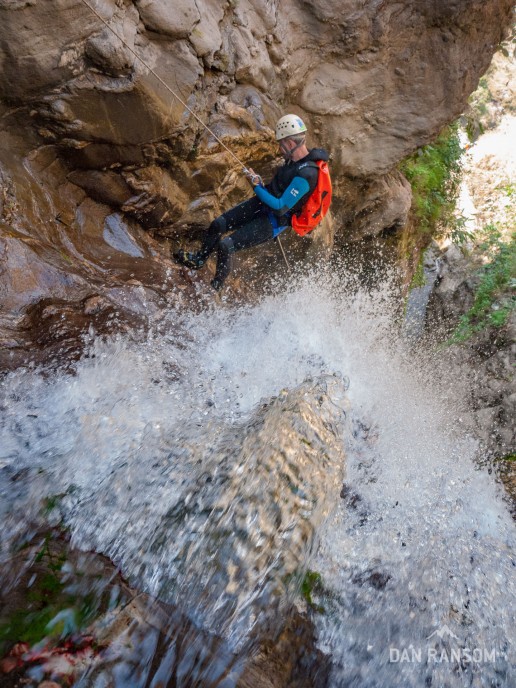
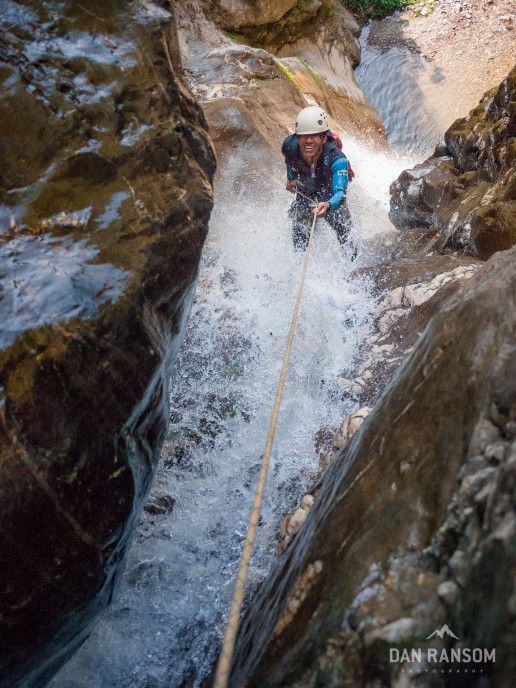
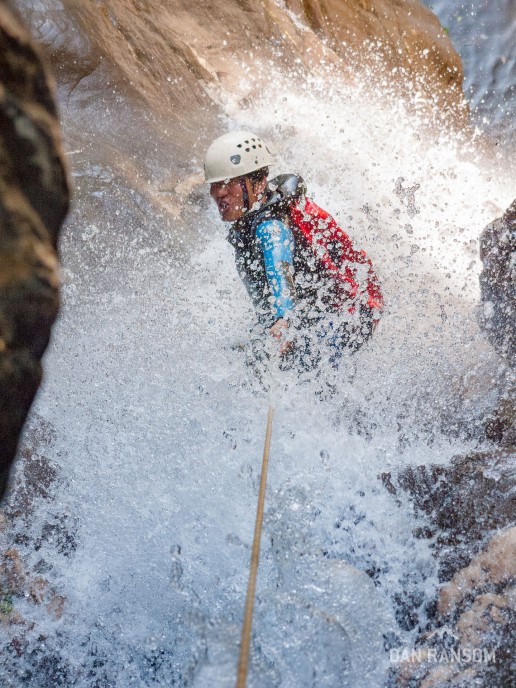

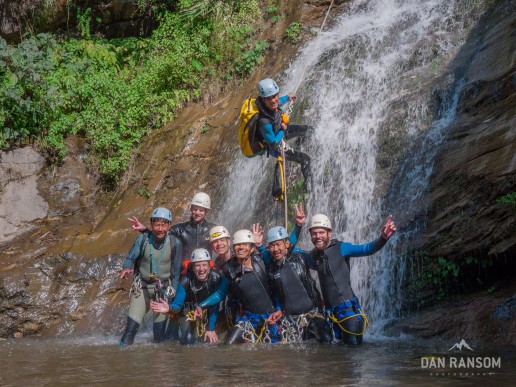
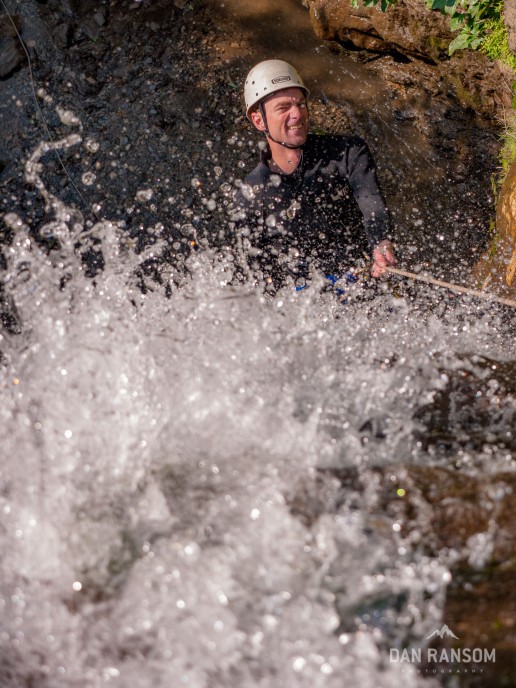
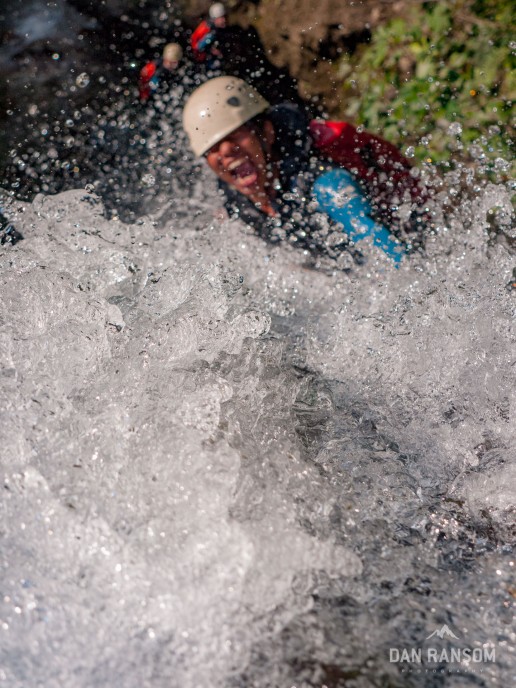
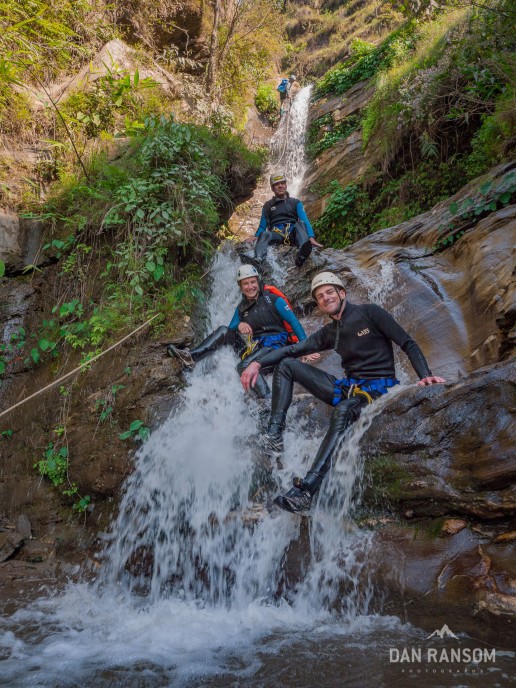
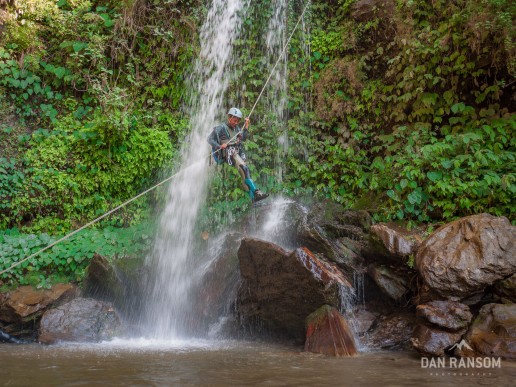
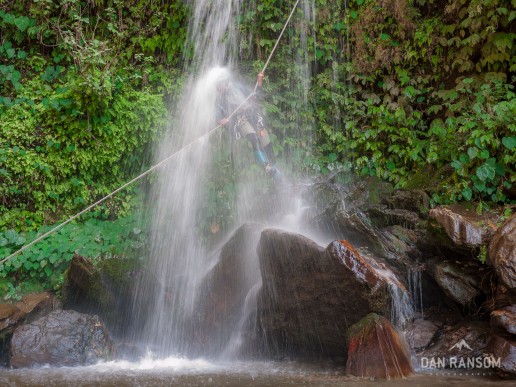
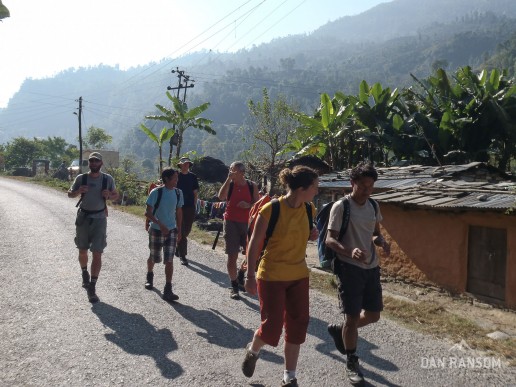
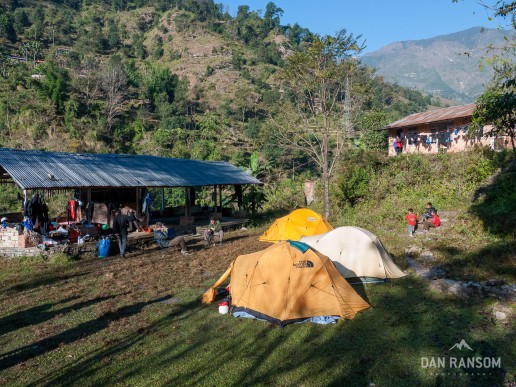

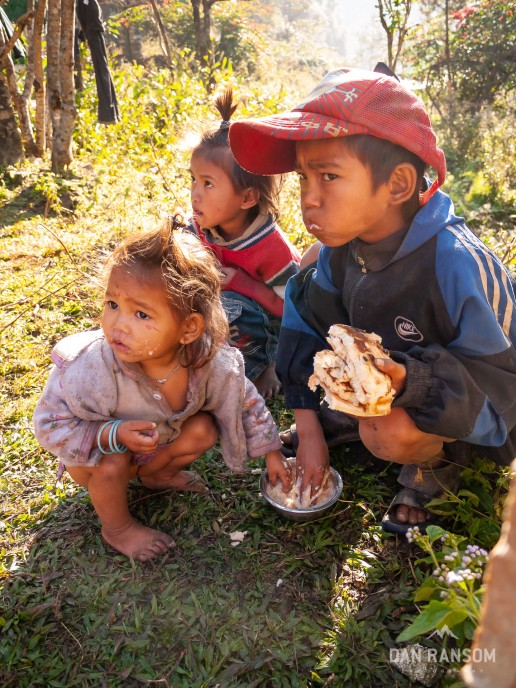
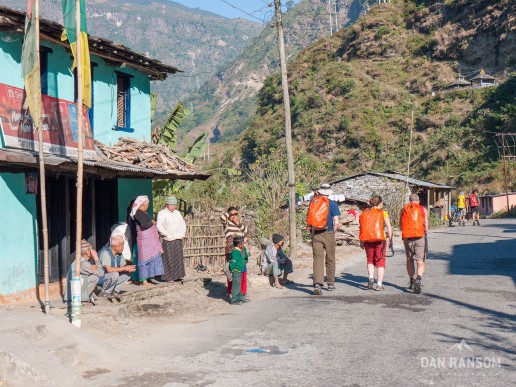
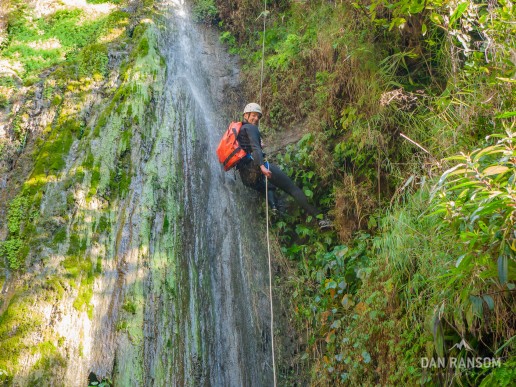
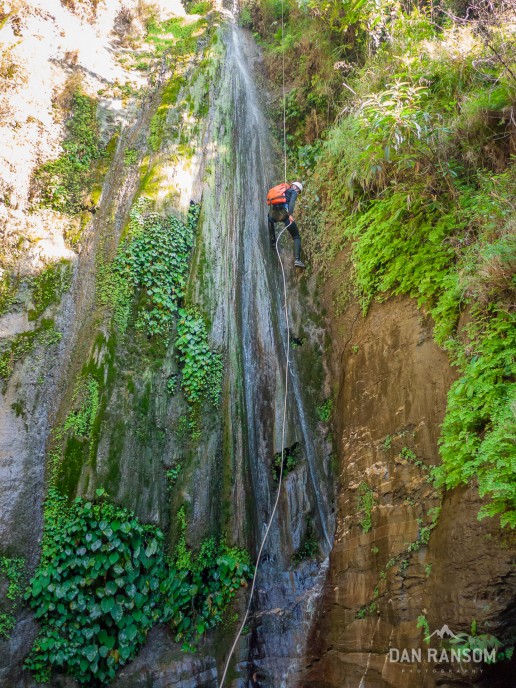
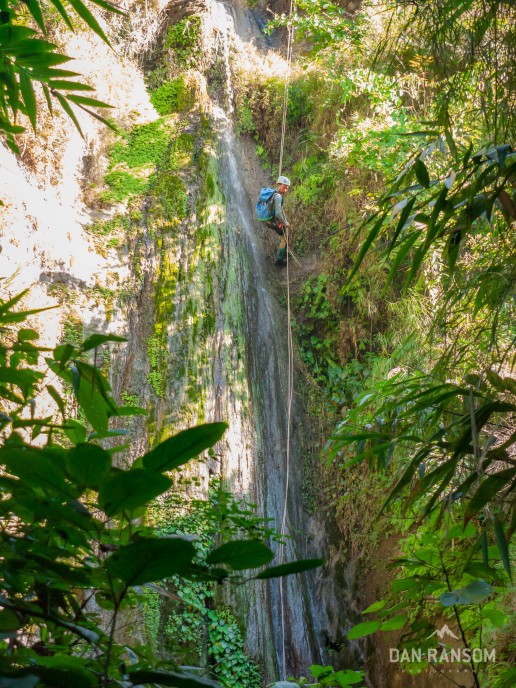

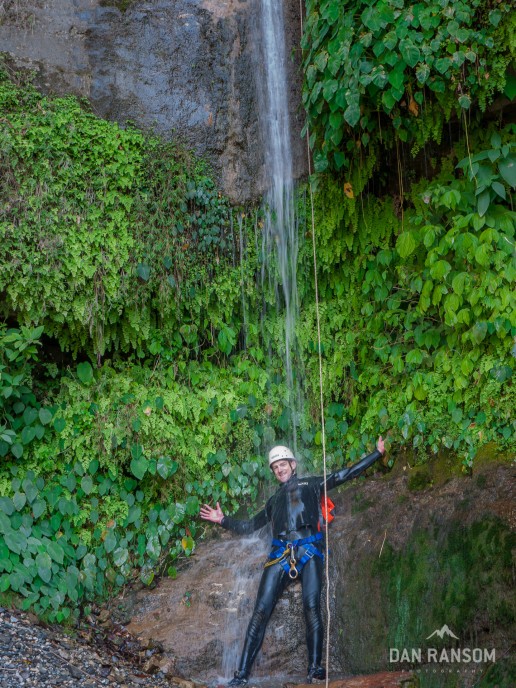
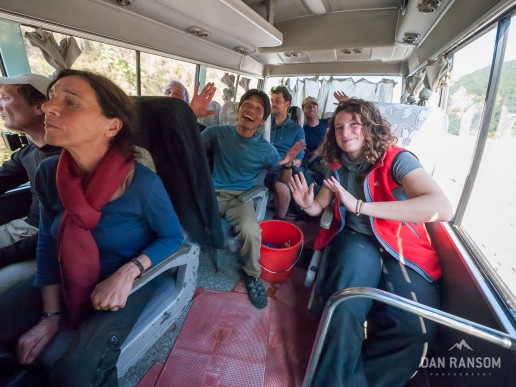
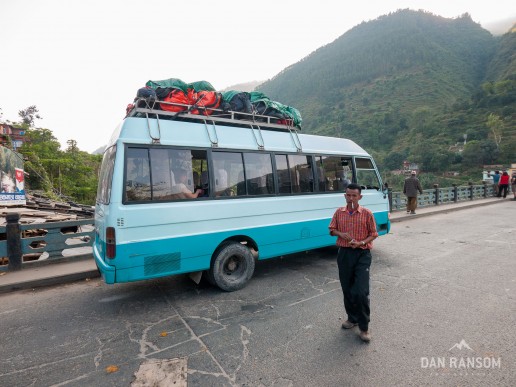
dear dan it was a great journey to all these canyons and to be in these nice small group AND rajendra took care of us.
Dear Dan, Namaste and Greetings from Nepal
It’s been long, Hope all is fine and well with you there.
Well, thanks for your nice picture of Nepal Canyoning and we are very happy to saw your pic.
Best regards and see you some day soon.
Best regards
Rajendra Lama